A Gap EmergesIn the mid-90s, as personal computer and internet access was becoming more available to many in the U.S., a correlation could be observed between access to technology and socioeconomic status. Scholars, policy makers, and advocacy groups referred to this as the “digital divide”1 and many school districts began investing in both broadband internet and classroom technology to combat this issue.Today, more than 99% of K-12 public schools in the U.S. are connected to the internet, in large part thanks to the Federal Communications Commission’s congressionally mandated “E-Rate” program, which went into effect in 1998.2




